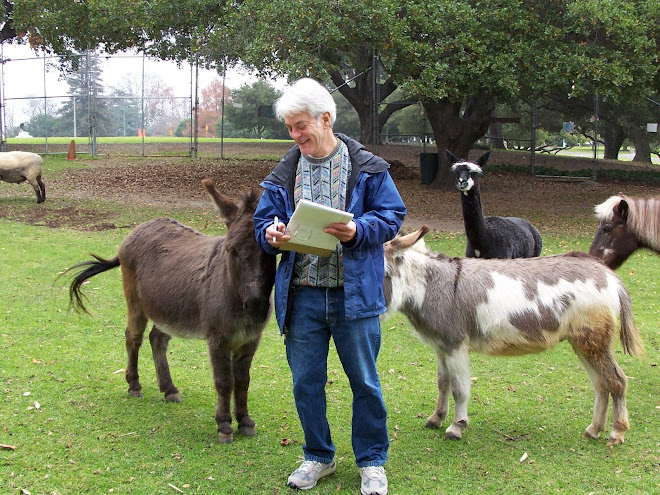Last week, NFL commissioner Roger Goodell inadvertently
re-opened the debate over naming sports teams after Native Americans, especially
the Washington Redskins.
Defending the name against accusations of
racism, Goodell clumsily claimed it "represents a positive meaning
distinct from any disparagement that could be viewed in some other
context," adding that the R-word "may stand for the strength,
courage, pride and respect" of the men who wear the uniform.
This is laughable on its face. Hello?
"Red" and "skin." It's about the color of someone's skin.
That's not racist?
And consider how the team got this name in
the first place. They used to be called the Boston Braves, but the owner, George
Preston Marshall, moved them to Washington and changed the name to the R-word.
Marshall was one of the most racist owners
in any sport, not just football. He was the last NFL owner to integrate his
team, bragging, "We'll start signing Negroes when the Harlem Globetrotters
start signing whites." And before he died, he stipulated in his will that
none of his money should be spent on "any purpose which supports or
employs the principle of racial integration in any form."
The Washington NFL team is an extreme
example, but that shouldn't mean other sports teams named after Native
Americans should get a pass, no matter how many fans say we should all lighten
up.
As Suzan Shown Harjo of the Morning Star
Institute, an indigenous-rights organization, says, "That non-Native folks
think they get to measure or decide what offends us is adding insult to
injury."
And that goes for demeaning team mascots,
too, like the Atlanta Braves' Chief Knoc-A-Homa.
However, there is one team – and only one
team – that I would grant an exception to: The Cleveland Indians.
That's because they're not named after an
ethnic group; they're named after a person.
Back in the 1890s, Cleveland was
represented by a baseball team called the Spiders. They weren't very good,
finishing at the bottom year after year.
But in 1897 they signed a Native American pitcher/outfielder
named Louis Sockalexis, a hard-hitting, hard-throwing member of the Penobscot
tribe. And with him as their star, the Spiders surged from worst to first.
He became famous for his walk-off homers –
four in the span of just nine games in May alone. Years later, the great John
McGraw called him the best he ever saw – a better base runner than Ty Cobb and
a more fearsome slugger than Babe Ruth.
He finished the season with a .331 average,
leading the Spiders to the pennant.
The fans adored him, and he basked in their
adoration, carrying newspaper clippings and fan mail wherever he went.
Then it all fell apart. He got injured the
next year, and he started drinking to alleviate the boredom of not playing. Two
years after that he was a washed-up alcoholic and out of baseball. And the
Spiders went back to the cellar and ultimately out of business.
Sockalexis died in 1913 at the age of 42,
clutching the press clippings he always carried tucked inside his shirt.
But his fans never forgot him. Two years
later, the new Cleveland franchise had the fans vote for a permanent name for
the team. They voted overwhelmingly for Cleveland Indians, in honor of the
player they never stopped loving.
















